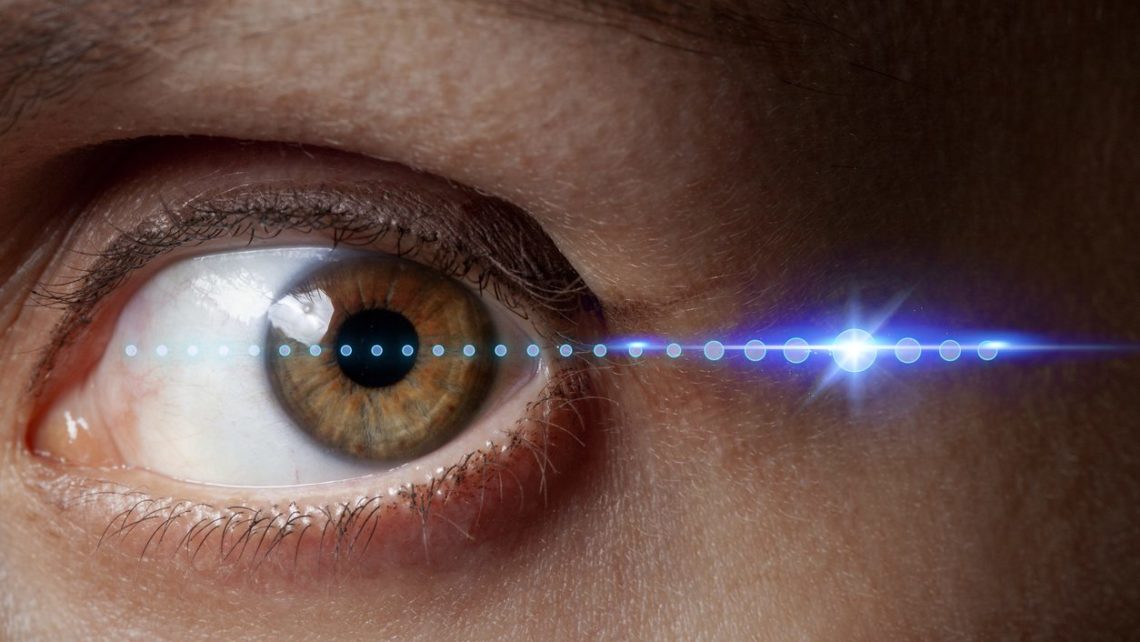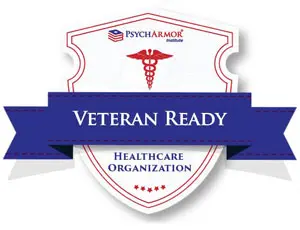Understanding EMDR for Trauma Recovery
 For many people, trauma is a strong contributor to addictive behavior. When someone has experienced trauma but hasn’t had the opportunity to address it healthfully and, more importantly, move through it, it’s an obstacle they try to avoid every day. Fortunately, tools such as Eye Movement Desensitization and Reprocessing (EMDR) can help.
For many people, trauma is a strong contributor to addictive behavior. When someone has experienced trauma but hasn’t had the opportunity to address it healthfully and, more importantly, move through it, it’s an obstacle they try to avoid every day. Fortunately, tools such as Eye Movement Desensitization and Reprocessing (EMDR) can help.
What Is EMDR?
Although counseling techniques such as cognitive behavioral therapy or dialectical behavioral therapy are quite successful in dealing with trauma, mental health professionals often need to access a person’s mind even deeper.
When a person experiences an upsetting event, this moment in time becomes a fixed memory—one that many people relive repeatedly. Some aspects of the trauma might feel as if they’re happening in real time, causing considerable distress. As a result, this continual trauma has a negative effect on how the brain processes information, how a person relates to others, and certain behaviors.
This is why trauma and addiction are so closely linked for many people, especially if they have adverse childhood experiences or PTSD. They’re doing all they can to avoid dealing with unresolved feelings.
According to the EMDR Institute, Francine Shapiro first pioneered the EMDR method in 1989 with people suffering from PTSD. She first noticed that it seemed to help reduce anxiety in patients. Over a series of subsequent sessions with them, it became apparent that these individuals continued to experience fewer PTSD symptoms.
While not a “cure” for the condition or a solitary coping mechanism, EMDR has demonstrated in further studies, especially with veterans, that it is an essential access point for therapists to help reduce disruptive and acute reactions and allow for an individual to move forward with other aspects of healing.
How Does It Work?
A certified EMDR therapist combines the cognitive processing of traumatic memories with eye movements. The concept centers on the fact that many people with traumatic memories have trouble processing all the affective, cognitive, and sensory components of them, resulting in a disconnect.
The theory behind EMDR is that using a less-intensive form of exposure therapy—when a patient is asked to access and address the memory directly—along with free association and bilateral eye movements allows for more thorough processing of the memories, thus lessening their negative impact.
Here’s how a series of sessions might progress.
- The process begins with a thorough intake of an individual to assess condition and experiences.
- Then, during a few meetings, the therapist helps a person develop management methods such as breathing regulation, relaxation, and a “safe zone” to focus on, if necessary.
- In the following phases, the individual is asked to describe a traumatic memory by labeling the beliefs, images, and physiological symptoms.
- Next, the therapist introduces eye movement by asking the person to focus on those aspects of the memory while following an eye movement cue: cues might include tracking a moving finger back and forth, tracking dots on a machine, or finger tapping. This phase might include a body scan so an individual can have more awareness of all sensations related to the memory.
- At the end of each session, there’s a deliberate process of closure, which might include talking about the experience, returning to the present through the established safe zone, and reaching a point of stabilization.
- The therapist then reevaluates the individual’s level of emotional disturbance and the status of the negative event to determine how to move forward and if more EMDR sessions are necessary. On average, most people have 5-12 sessions, depending on their level of trauma.
As with any integrative therapeutic technique, results vary based on a person’s experiences. For some, EMDR is exactly the breakthrough they’ve hoped for in order to move through trauma and on to other stages of healing. For others, the method helps them adapt to other coping mechanisms more readily.
How EMDR Might Help You & Why You’ll Find It at Seabrook
For trauma-related issues, EMDR has the potential to remove the mental and emotional blocks created for basic survival, allowing an individual to recognize their ability to heal.
For example, for someone who’s been raped and uses maladaptive behaviors such as drug and alcohol abuse to get through each day and forget what happened, EMDR helps them face numerous aspects:
- Anger about the event
- Learning to release fear over the incident
- Letting go of negative feelings such as guilt or shame
- Recognizing the event was in the past and not applicable to present day
On the surface, these issues might not seem like a big deal. But when they’re played on an endless memory loop, they prohibit healthy functioning. And no one deserves to go through life that way.
EMDR is one of the many different holistic therapies Seabrook professionals use to help people see the promise in recovery. Ask how they can help you.




